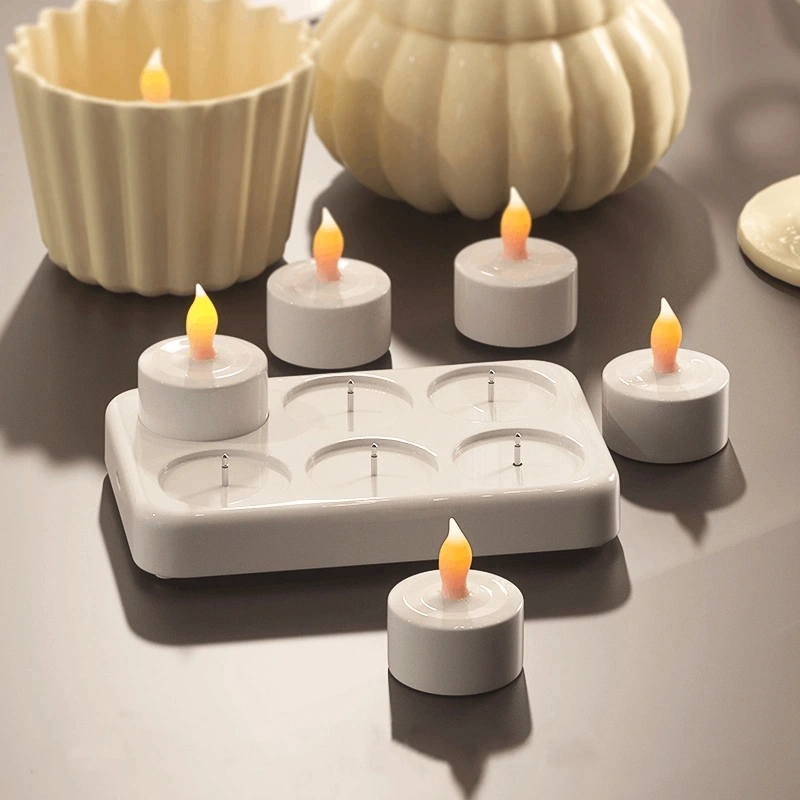Balancing Comfort and Mobility: Understanding the Differences Between Saddle Stools and Wobble Stools
In the realm of ergonomic seating solutions, saddle stools and wobble stools have emerged as popular choices for those seeking comfort and mobility in their workspaces. While both types of stools aim to promote better posture and enhance productivity, they cater to different needs and preferences. This article delves into the nuanced differences between saddle stools and wobble stools, exploring their design, functionality, and ideal use cases.
Understanding Saddle Stools
Saddle stools are designed to mimic the natural position of a rider on a horse, hence the name. The seat is shaped like a saddle, allowing the user to sit with their legs positioned in a more open and relaxed manner. This design promotes an upright posture, reducing strain on the lower back and encouraging spinal alignment.
Key Features of Saddle Stools:
- Ergonomic Design: The unique shape of the saddle seat encourages a neutral spine position, which can alleviate discomfort during long periods of sitting.
- Height Adjustability: Most saddle stools come with adjustable height features, accommodating various desk heights and user preferences.
- Mobility: Many saddle stools are equipped with wheels, allowing for easy movement around the workspace without the need to stand up.
- Stability: The broad base of saddle stools provides a stable seating option, making them suitable for tasks that require focus and precision.
Exploring Wobble Stools
Wobble stools, on the other hand, are designed to promote active sitting. Their unique feature is a rounded base that allows for a degree of movement in multiple directions. This design encourages users to engage their core muscles while sitting, fostering a dynamic and interactive seating experience.
Key Features of Wobble Stools:
- Dynamic Movement: The ability to rock, tilt, and swivel engages the body, promoting better circulation and reducing the risks associated with prolonged static sitting.
- Core Engagement: By encouraging users to maintain balance, wobble stools help strengthen core muscles, which can lead to improved posture over time.
- Versatility: Wobble stools are often lightweight and easy to move, making them suitable for collaborative workspaces or environments where flexibility is key.
- Variety of Designs: Wobble stools come in various shapes and sizes, catering to different aesthetic preferences and functional needs.
Comparing Saddle Stools and Wobble Stools
While both saddle stools and wobble stools offer ergonomic benefits, their fundamental differences make them suitable for different scenarios:
- Posture Support vs. Active Sitting: Saddle stools are primarily focused on providing support for an upright posture, making them ideal for tasks that require concentration and stability. In contrast, wobble stools encourage movement and engagement, making them better suited for collaborative environments or creative tasks.
- User Experience: Saddle stools may be preferred by individuals who appreciate a more traditional seating experience with a focus on stability. Wobble stools appeal to those who enjoy a more dynamic and interactive approach to sitting.
- Physical Activity: For users looking to incorporate more movement into their day, wobble stools offer a unique solution. However, those with specific back issues may find the stability of saddle stools more beneficial.
Conclusion: Choosing the Right Stool for Your Needs
When deciding between a saddle stool and a wobble stool, it is essential to consider your specific needs, workspace environment, and personal preferences. Saddle stools are ideal for those seeking ergonomic support and stability, while wobble stools cater to individuals looking for a more active and engaging seating experience.

Average Rating